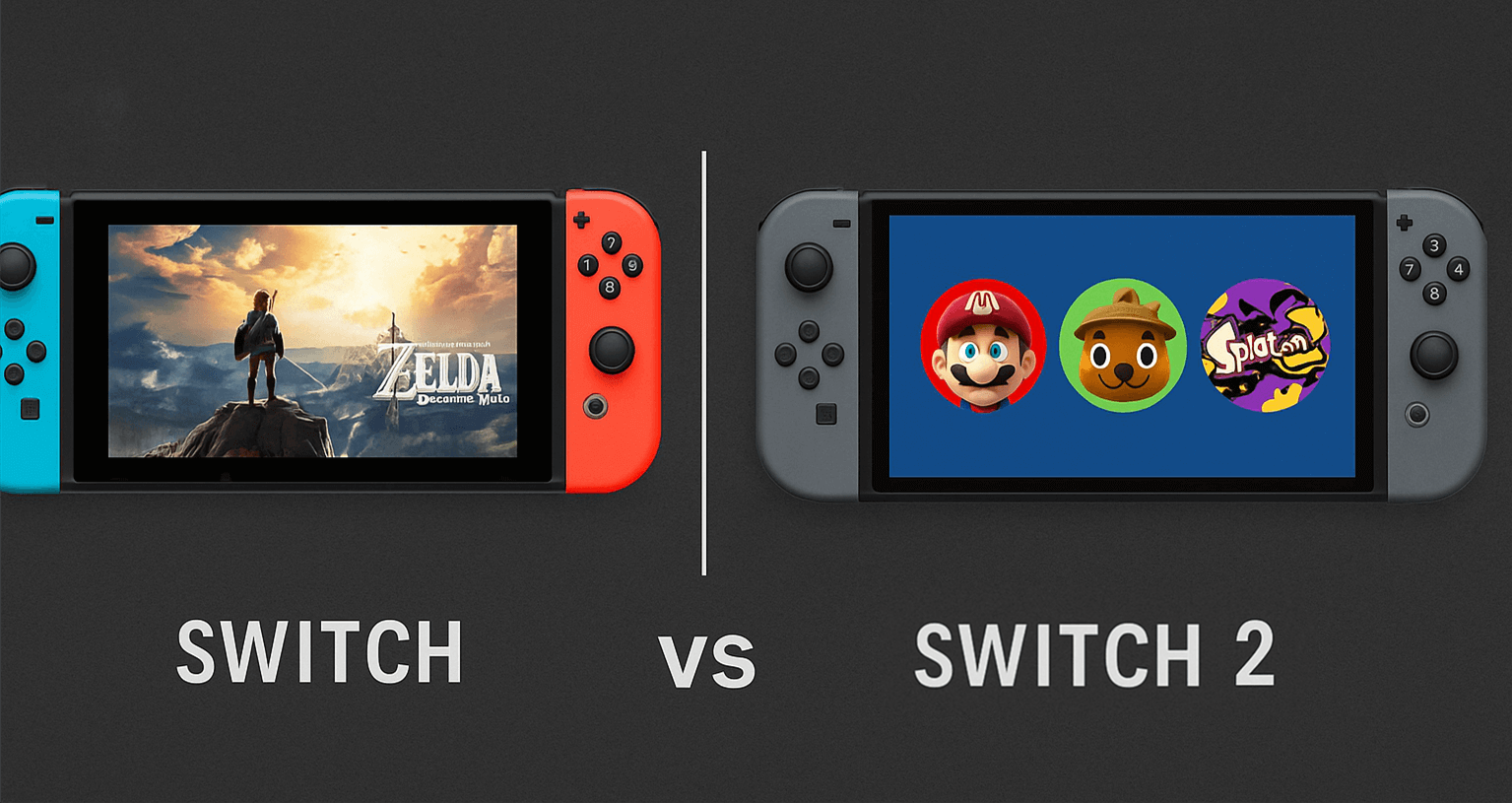
With the official release of the Nintendo Switch 2, one of the most frequently asked questions among current Switch users and prospective buyers is: Will my existing game library still work on the new system? The short answer is yes—but with important nuances worth understanding. In this article, we’ll provide a comprehensive breakdown of the backward compatibility feature on the Switch 2, based on available information from Nintendo’s official compatibility page, and assess whether games perform better on the new hardware.
What Is Backward Compatibility on Switch 2?
Backward compatibility refers to a console’s ability to run software—most notably games—originally developed for a previous generation of hardware. In the case of the Nintendo Switch 2, this means the ability to play titles that were released for the original Nintendo Switch (2017–2023).
According to Nintendo’s official guidance, most physical and digital Nintendo Switch games will be playable on Switch 2, provided the publisher has enabled support. This includes top first-party titles like Mario Kart 8 Deluxe, The Legend of Zelda: Tears of the Kingdom, and Animal Crossing: New Horizons. Saved data transfer is also supported, allowing players to continue their progress seamlessly.
However, it’s important to note that while Nintendo confirms wide-ranging support, game compatibility may still vary depending on the publisher and any performance patches that may or may not be applied to legacy titles.

Do Games Run Better on Switch 2?
Though backward compatibility ensures access to older games, an equally relevant question is whether those games actually perform better on the new system. The answer depends largely on the game’s design and how it interacts with the Switch 2’s upgraded hardware.
The Switch 2 features a significantly more powerful NVIDIA custom chipset, increased RAM, and faster internal storage. These improvements don’t automatically upgrade all games, but they can provide meaningful performance enhancements in certain areas:
Shorter loading times: Games that previously experienced long startup sequences or load screens now benefit from the Switch 2’s improved I/O speeds.
More stable frame rates: Some demanding titles that suffered from dips on the original Switch now maintain smoother performance, especially in open-world environments.
Higher resolution output (in docked mode): While few titles receive full graphical upgrades, some visually benefit from more consistent rendering and cleaner output on larger displays.
However, these enhancements are often passive—they occur without game-specific patches, which means players shouldn't expect remastered graphics unless explicitly updated by developers.
Digital Library and Save Transfers
One of the key strengths of the Switch 2’s backward compatibility is its integration with Nintendo Accounts. Players who purchased digital games via the Nintendo eShop can re-download those titles on the new device, assuming compatibility is confirmed.
Save transfers between consoles can be done via local transfer or cloud syncing for Nintendo Switch Online members. Nintendo provides a detailed step-by-step guide on their official transfer guide to ensure the process is smooth.

Accessory Compatibility and Considerations
Alongside games, many users are wondering if Switch 1 accessories—controllers, docks, and cases—will continue to work. While Joy-Cons remain usable, slight dimensional changes in the Switch 2 mean some cases and protective gear from the original system may not fit precisely.
At ProCase, we recommend using Switch 2-specific accessories for best results. Our Switch 2 protective cases are tailored to fit the new console’s updated form factor while maintaining portability, grip, and full access to buttons and ports.
Final Thoughts: A Seamless Transition for Most Players
Nintendo’s approach to backward compatibility on the Switch 2 is both practical and user-friendly. While not every single title or accessory is guaranteed to work, the vast majority of games are supported, and in many cases, they run more smoothly thanks to upgraded hardware.
For longtime fans, this means there’s no need to leave your favorite games behind—and for new users, the Switch 2 offers access to an already rich and expansive game library. In short, it’s a solid evolution that respects and enhances your existing investment.

Comments (0)
Back to Tech Guides